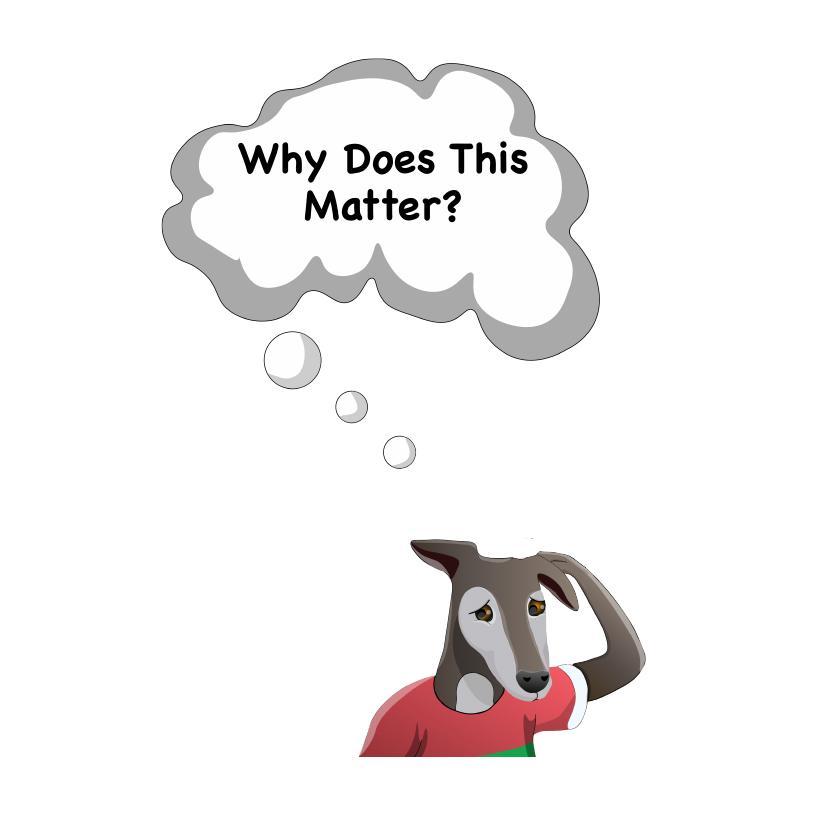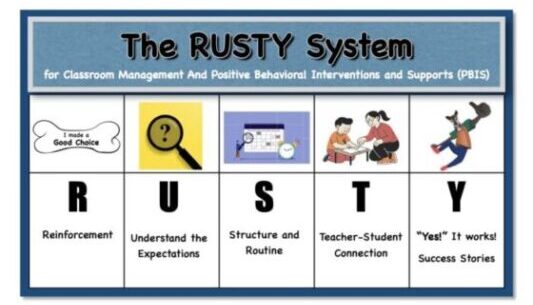
There are many different types of timers. The world-renowned Times Square ball drop is one (huge) example of a timer. For this tradition’s basis, we use a countdown to celebrate moving from one activity (year) to the next. Everyone who uses this timer has a clear expectation for precisely when time is up for the previous year.
Similar to this tradition, timers in the classroom establish routine and structure (the ‘R’ of the RUSTY System). Before you start the countdown, tell your students what they will do “first” for the duration of the timer and “then” what they will do when the timer goes off. As I mentioned in the clean-up blog, timers are a great Applied Behavior Analysis (ABA) strategy.
What are the benefits?

The regular use of displayed time limits supports students so they understand the expectations. Through this tool, the children will understand when an activity will finish, how they should respond, and what your expectations are when the timer goes off.
This behavior management strategy allows for efficient use of class time. You will see improved classroom behavior because you set a tone that allows the students to place a time frame on both preferred and non-preferred activities.
For preferred activities, the children appreciate the time they do have. For non-preferred activities, they know just how long they must endure.
Why does this matter?

When you routinely use timers for classroom activities, you set one consistent behavior protocol. Aided by your clear expectations, this tool shows students—to the second—how long they must participate.
With this limit in mind, coupled with instructions on what comes next, students can focus on the task at hand rather than worry about what comes next. This ABA technique especially helps exceptional student education (ESE) students.
What does this look like?

Set a timer when the activity doesn’t have a fixed time for completion. Before any transition, tell your students: “In X minutes, we will clean up. Then, we are doing the next activity of . . .”
Next, set the timer. The kids should be able to see the timer on the wall/board. With 10 seconds left, tell your class: “In 10 seconds, we will clean up.”
You should do this behavior management strategy to either reduce direct teacher attention or end an activity. This simple, yet effective tool supports a structured classroom for both the students and you as the teacher. A timer system helps budget an entire lesson and school day.



